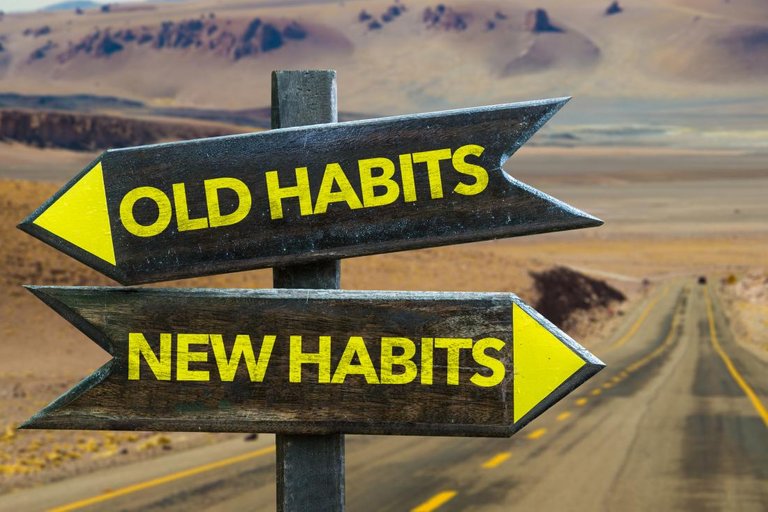
There are a million things that we do every day without thinking. Brushing our teeth, drying our hair after a shower, and unlocking our phone screen so we can check our messages are all part of our routine. But what takes place in the brain as we learn a new habit?
What's something you've learned to do without thinking? It might be locking the door behind you as you leave, which could lead to some panic later as you wonder if you actually remembered to do it.
It might be driving to work. Have you ever had that uncanny experience of finding yourself at your destination without fully remembering how you got there? I certainly have, and it's all thanks to the brain's trusty autopilot mode.
Habits drive our lives — so much so that sometimes we might want to break the habit, as the saying goes, and experience something new.
But habits are a useful tool; when we do something enough times, we become effortlessly good at it, which is perhaps why Aristotle reportedly believed that "excellence [...] is not an act but a habit."
So, what does habit formation look like in the brain? How do our neural networks behave as we learn something and consolidate it into an effortless behavior through repetition?
These are the questions that Ann Graybiel and her colleagues — from the Massachusetts Institute of Technology in Chestnut Hill — set out to answer in a recent study, the findings of which are published in the journal Current Biology.